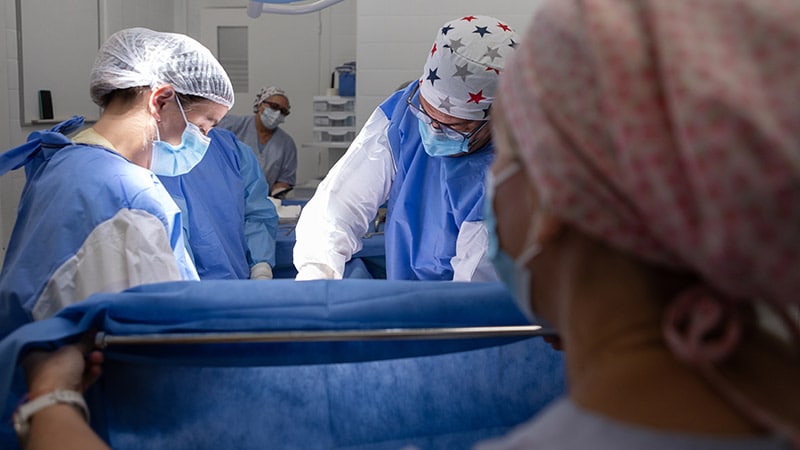New research questions the current white cell count (WCC) reference range used to identify young infants at risk of serious bacterial infections following immunisations.
The study, carried out by London School of Hygiene and Tropical Medicine, measured WCC in 212 healthy infants who received routine DTwP-HepB-Hib, oral polio and pneumococcal conjugate 7 vaccination prior to three months of age.
Analysis showed a rapid and large increase in white cells, primarily neutrophils, occurring in infants immediately following primary immunisations. The increase was above current guideline thresholds for further investigation and treatment in nearly half of febrile infants studied and above the normal WCC range for age in more than a quarter. The infants all remained well during the post-immunisation period in the absence of intervention, and mean WCC returned to baseline by two-days post-immunisation.
Presenting the findings in the journal Vaccine, the authors say these infants represent a group that may cause diagnostic confusion and undergo unnecessary investigations and interventions if they present febrile or if they have a blood test taken for an unrelated condition, at one-day post-immunisation.
Clinical guidelines for management of infants with fever but no evident focus of infection recommend that those aged 1-3 months with a WCC less than 15 × 109/l have a full septic screen and be admitted for parenteral antibiotics. The authors of the current study suggest new post-immunisation reference ranges should be developed for this group. In the absence of new references, they recommend a leucocyte reference range of 7.76 to 27.25 × 109/l, with a 29-65 percentage of neutrophils as appropriate for febrile infants less than three months old who present one-day following routine immunisations.



